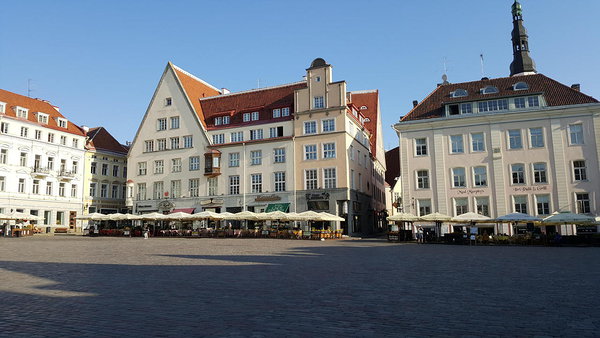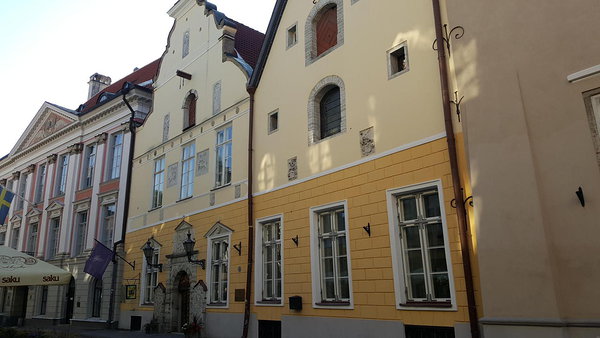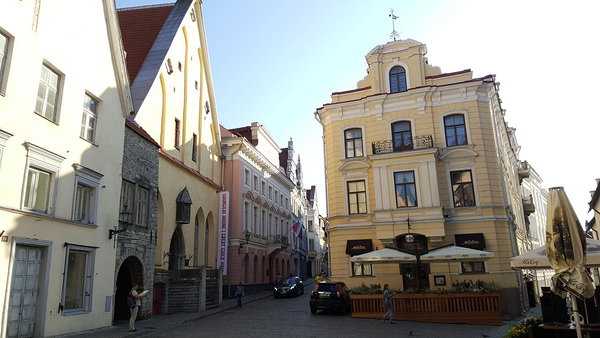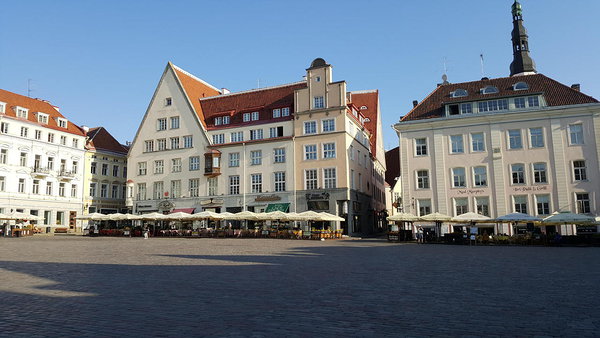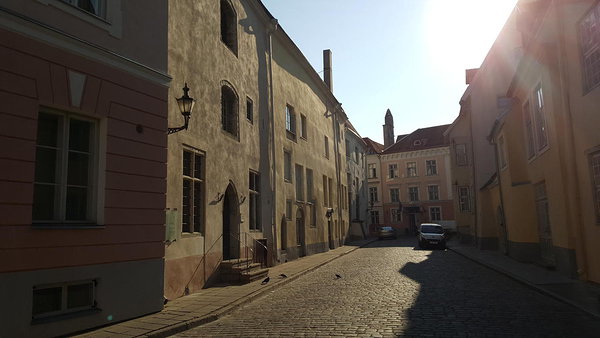
Included in the tour
- A professional and friendly guide
- A tour through the Old Town of Tallinn
- Great Coastal Gate
- Old horse mill
- Town Hall - outside
- Dome Church - outside
- Guild Halls - outside
- View points in the Upper Town
- Explanations about food, drink, cuisine, celebrations and much more
Tour expenses, duration and more
Tour duration: 2.5 hours
Tour price: 160 euros
Group size: Up to 10 people (any additional person will add 6 euros each to the final price)
Starting point: Within walking distance of the Old Town (negotiable)
Ending point: Inside the Old Town (specific location negotiable)
Booking
To book a tour please contact us via email (tours@whiteoaktours.ee) or fill out the form below. You can also call at +372 5886 5231
Please specify the tour you are interested in, as well as the date and time you would like to book it.
NB! Please inform us regarding any special needs regarding the group (e.g. walking difficulties, etc.).
Cancellation policyPlease specify the tour you are interested in, as well as the date and time you would like to book it.
NB! Please inform us regarding any special needs regarding the group (e.g. walking difficulties, etc.).
This tour, if cancelled at least 48 hours before the start of the service, will be refunded in full.
Back to Tours
Something Different
Are you looking for an escape from the dates of wars and political events? Instead, do you want to know how life actually functioned in a medieval town? Then join us on a tour that examines the lives of nobles and laborers, from everyday life to festive and colourful celebrations.
Why choose this tour?
This tour will take you around Tallinn's Old Town where you will see many locations often neglected by other tours. From the old horse mill, to the Great Coastal gate, we will explore how people celebrated holidays, how they became members of guilds and what were their rights and obligations to the city. What did it mean, that "city air makes you free," where did people keep their livestock in the city and how did they get water into a city which had no river running through or past it? Answering these questions will give a much greater respect and sense of closeness to the Old Town of Tallinn.
What to expect?
We will take you on a walk back in time to introduce you to the everyday workings of the Old Town during the medieval period. From guild halls to churches, the horse mill to gothic merchant houses, from the Town Hall to the oldest working pharmacy in Europe, we will explain how life functioned in the city of Tallinn centuries ago.
Regulations, laws and punishments have always been present in human societies, both large and small. Though rules in the middle ages might seem crude, arbitrary and even brutal to us, they served a purpose and were in place for a reason. Find out why craftsmen could not wear red clothing even if they could afford it, and what was the punishment for "shaving" coins, or what rules did guild members have to follow.
Medieval Logistics
Feeding a settlement of thousands of people, such as medieval Tallinn, took great organisation and logistical efforts. But what food was available and how did it taste? Where did people keep their animals in a crowded city? Are you interested in hearing some medieval recipes perhaps? Or find out where to get the best medieval food in Tallinn? We will explain how Tallinn's market operated, what could be bought where, and introduce you to the richness of medieval cuisine.
Water
The most basic of necessities for any settlement is of course water. But what happens when, like in Tallinn, there is no river passing through or even close to the city and the ground water is polluted by the large number of citizens? Find out how Tallinn supplied its need for water for over 500 years before modern plumbing.
The Three Great Holidays
Celebrations, from religious to secular, played a massive role in medieval society. Life was difficult, work often backbreaking, outbreaks of disease, war and famine something that nearly every generation knew first hand. Thus it is no wonder that Christmas, Easter and the choosing of the Count of May were celebrations that could go on for weeks at a time. Come with us to find out what was on the menu, what were the traditions, who took part and when did it all change?


